How the world has reacted to Australia’s ‘apocalyptic’ bushfires
The bushfires devastation in Australia has made headlines around the world, as blazes continue to burn across the country’s east coast.
Scenes of zoo animals under threat, “blood red” skies and thousands being forced to seek refuge in the ocean – as well as the sheer scale of the bushfire situation on Australia’s east coast – have sparked front page headlines around the world.
Tens of thousands of people are currently fleeing NSW’s south coast, where a ‘humanitarian crisis’ is developing, and seven lives have been lost.
RELATED: Live coverage of NSW, Victoria bushfires
Meanwhile in Victoria, residents are coming to grips with the “horrifying” bushfires that have destroyed properties and claimed a life in East Gippsland.
Amid reports on how people around the world celebrated the arrival of a new decade, international news outlets have run prominent stories about the Australia’s catastrophic fire conditions – including on the front page of their publications.
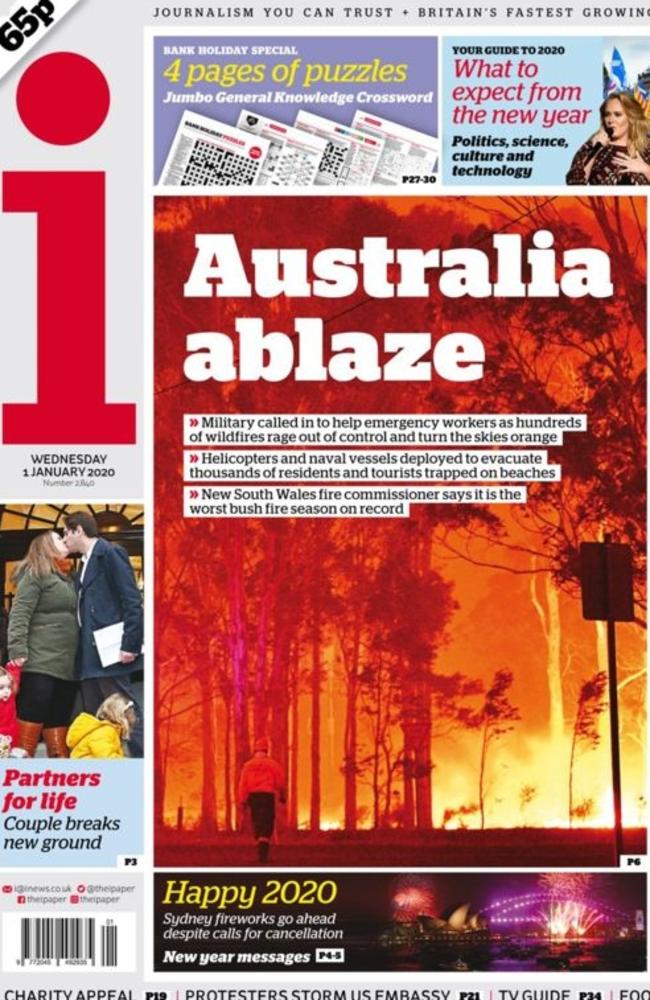
The I, a morning newspaper in the UK, devoted its entire front page to a story headlined “Australia ablaze”.
Underneath, a picture of the New Year’s Eve fireworks at Sydney Harbour draws a striking contrast.
As well as publishing “new year messages”, the piece commented on the decision for the fireworks to go ahead, despite calls for cancellation.
The paper wasn’t the only publication to feature images of Sydney’s New Year’s Eve on their front page.
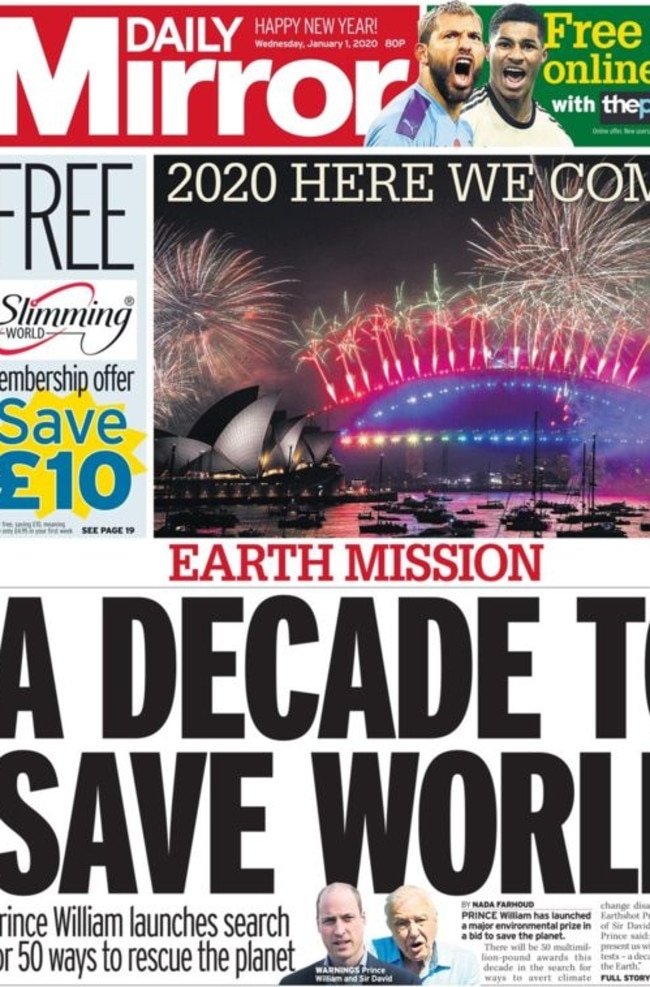
Underneath a scene of Sydney Harbour, the cover of the UK’s Daily Mail reads: “A decade to save the world”.
Along with a news report on the fires, Ouest-Francepublished a scathing analysis titled “High on coal, rich Australia denies global warming”.
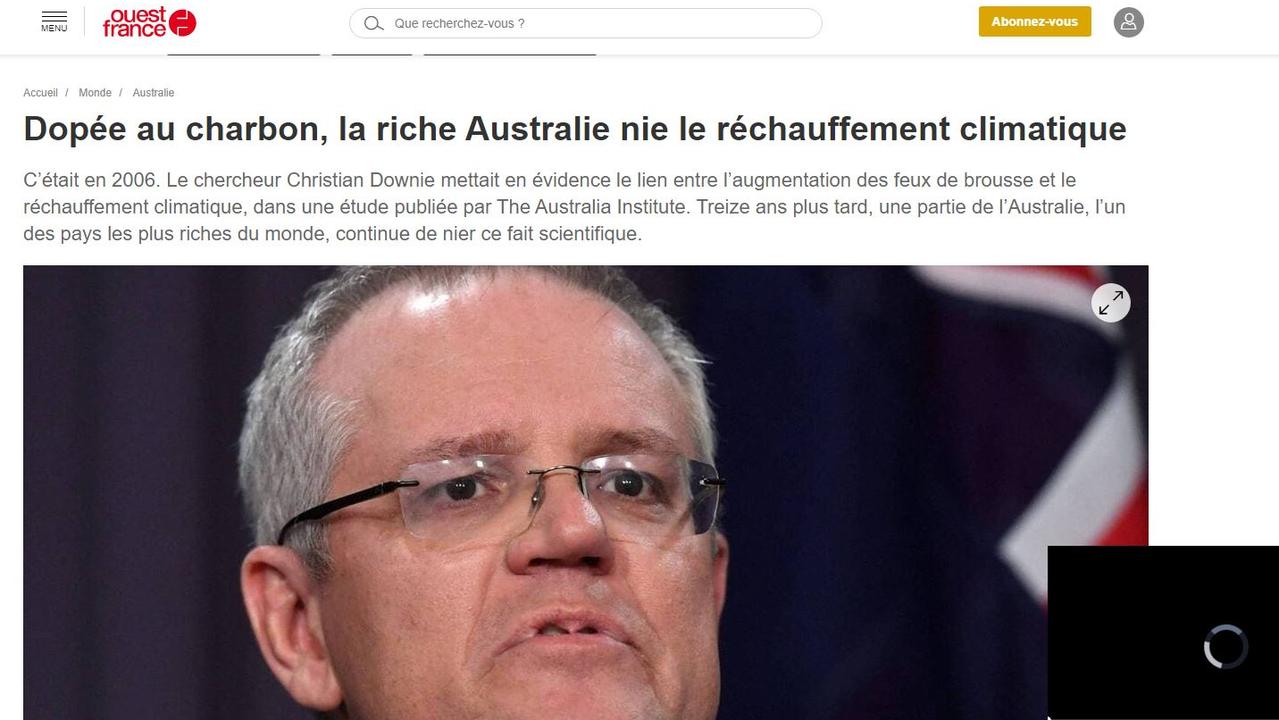
The piece, written by Christelle Guibert, quotes an expert calling Prime Minister Scott Morrison’s denial of the link between carbon emissions and global warming “incomprehensible”.
Australia is in the grip of a devastating fire season, with months of summer still to go, as record-breaking temperatures, strong winds and prolonged drought have ignited huge blazes across the country https://t.co/boTOXJxkeO pic.twitter.com/0rt41mulsG
— The New York Times (@nytimes) January 1, 2020
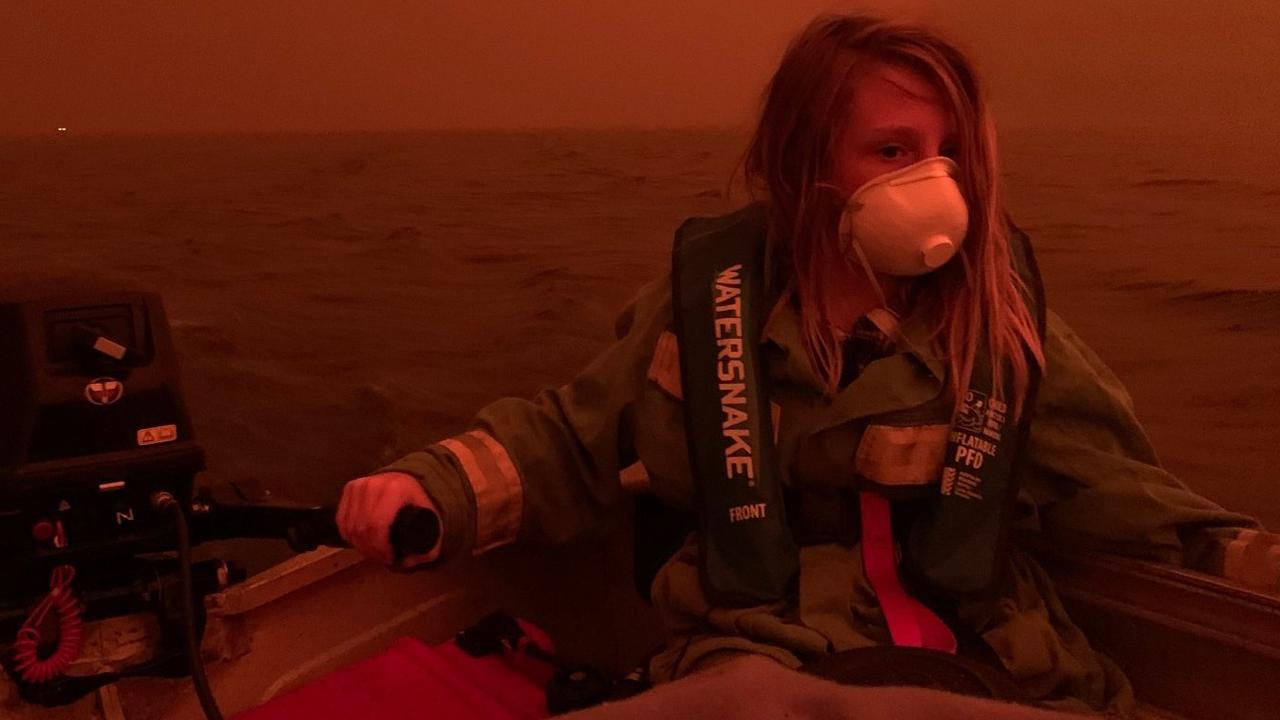
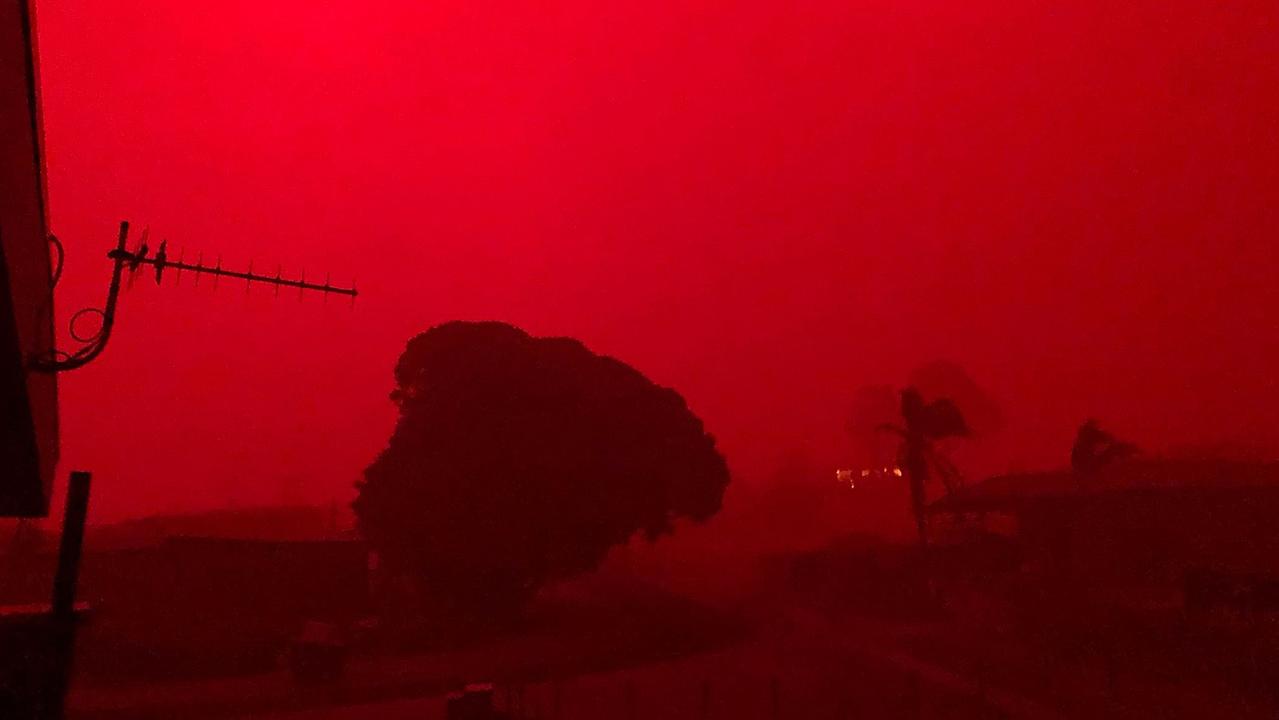
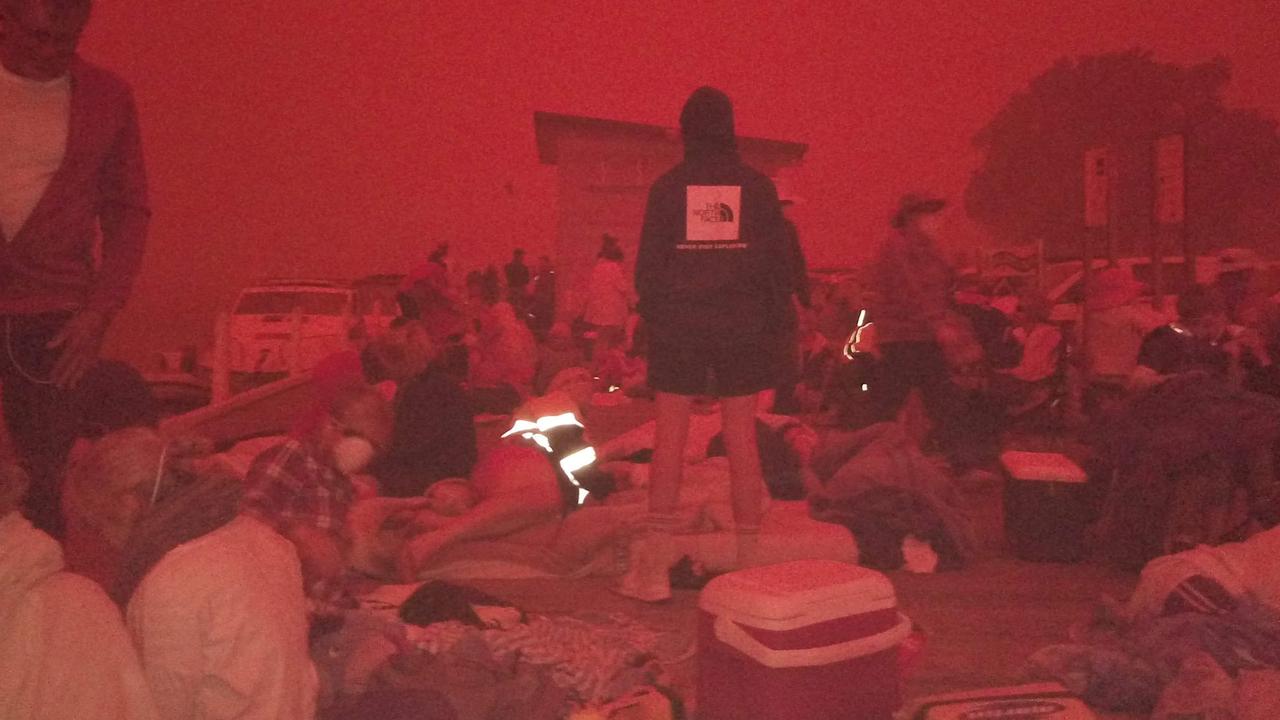
“The fires have been a constant presence in Australia for weeks,” wrote Isabella Kwai for The New York Times.
“But the eerie images that emerged on social media on Tuesday cast them in a new light and seemed to be a harbinger for the new decade that the country rang in hours later.”
Hundreds of readers responded to the article on the publication’s website and their social media, with one writing that the story was “almost too painful to read”.
“As Trump mocks Greta, as Australia’s PM Scott Morrison bans climate protests, the natural balance of nature goes further off kilter and disasters continue to destroy everything worth living for on this planet,” another reader said.
Kwai also pointed out Mr Morrison’s denial of climate change, writing that he “has made it clear that Australia’s economic prosperity comes first. Even as his country burned, he has said repeatedly that it is not the time to discuss climate policy.”
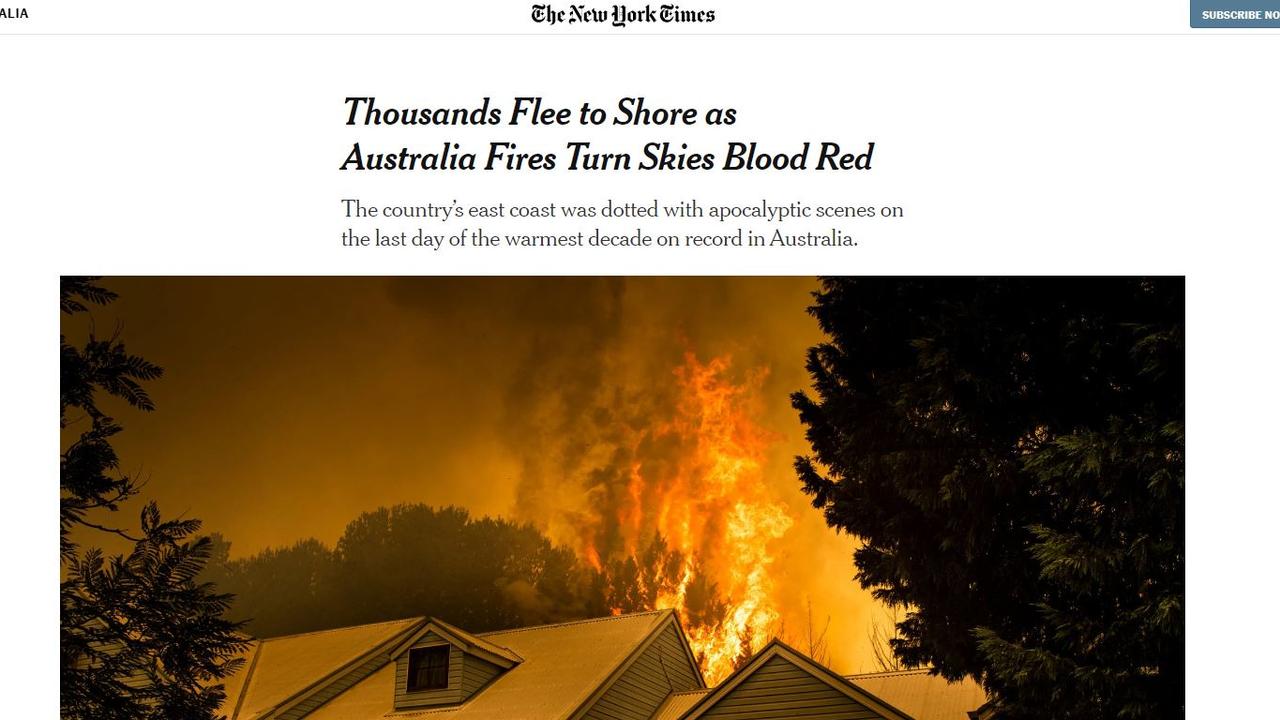
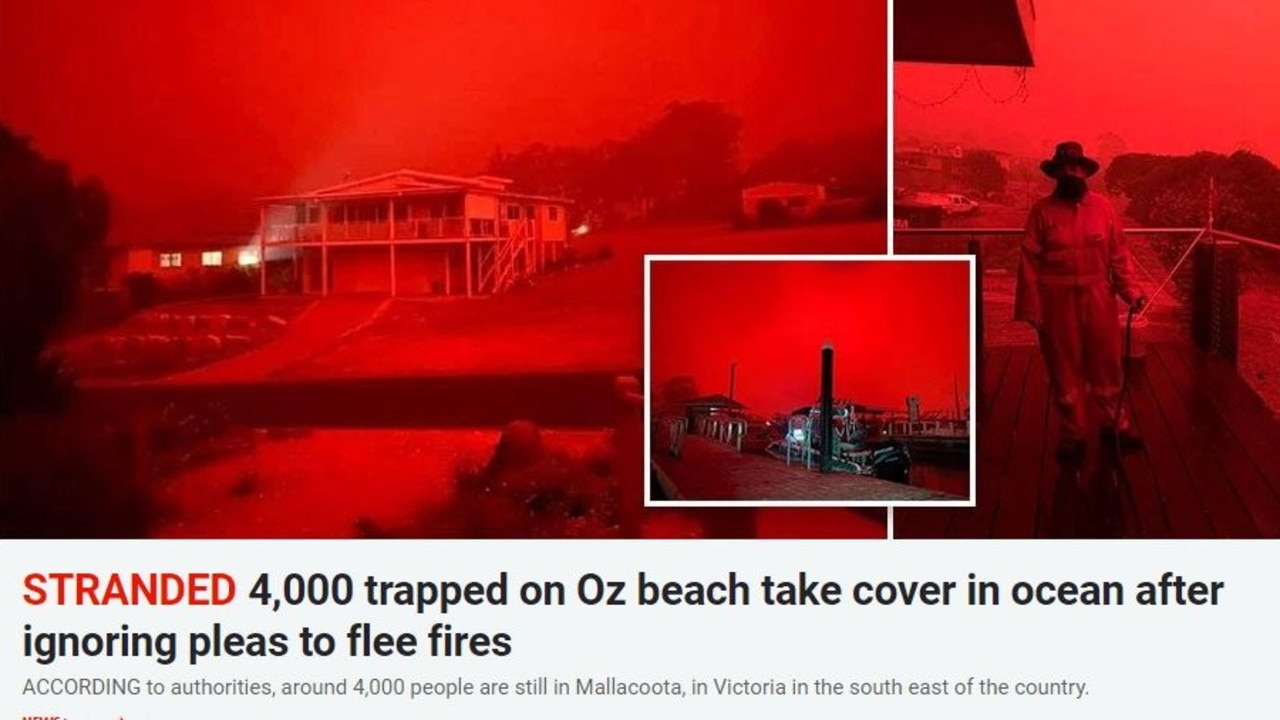
Media outlets like the BBC and The Guardian in the UK have also published extensive coverage on the bushfire situation, describing “the beach town where fires turned day to night” and “Australia’s bushfire day of terror”.
“Amid the darkness, there was chaos. A stampede towards the town’s foreshore where thousands stood and huddled and watched the black sky turn red,” Ben Smee wrote about the town of Mallacoota in Victoria for The Guardian.
“Those who could scrambled onto boats. Others hugged the shoreline or waded in.”
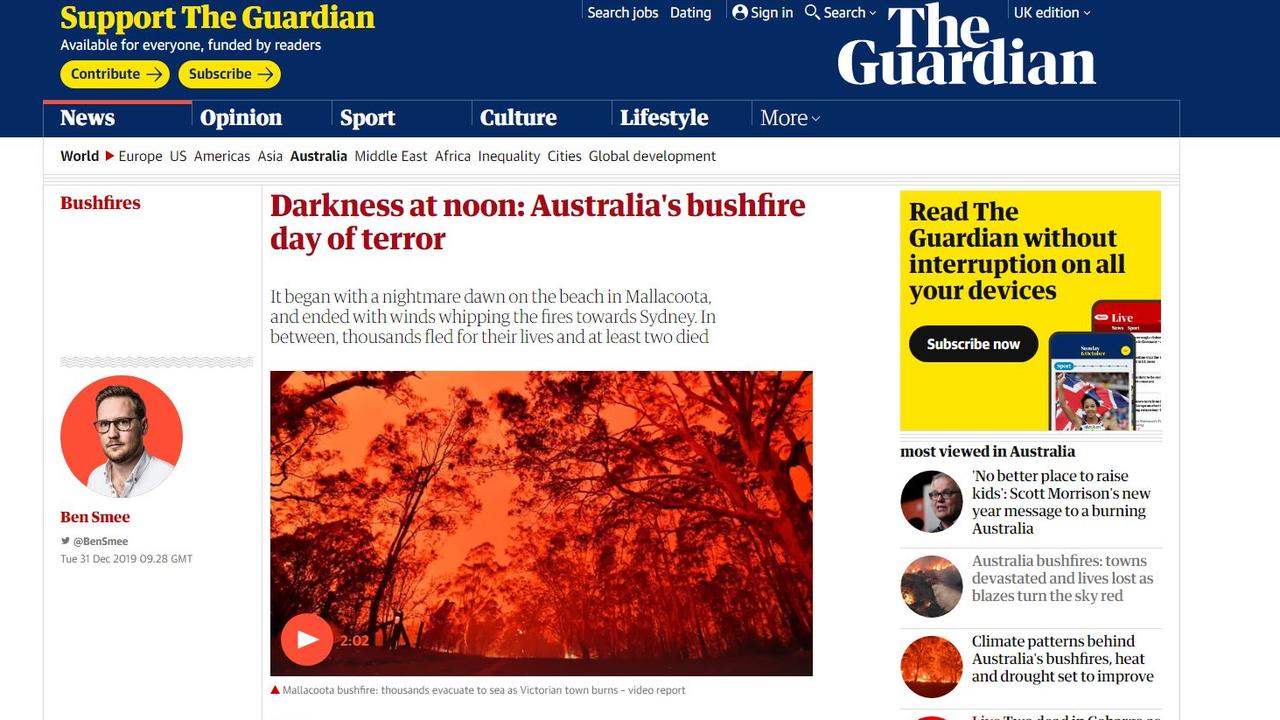
“This is what hell looks like,” one reader commented in response to a video the BBC shared on their social media.
“Hell on earth,” another said. “I really hope this is not a sign of things to come.”
Thousands of people fled to beaches in the south-eastern states of Australia as emergency-level fires spreadhttps://t.co/bjstMugXpV pic.twitter.com/FPHAcFkVn0
— BBC News (World) (@BBCWorld) December 31, 2019
A Twitter post by The Guardian, describing the images of “mayhem” and “Armageddon” yesterday, was shared by Swedish teen climate protester Greta Thunberg, along with several other videos of the bushfire situation with the hashtag “#thisisfine”.
"At least 4,000 flee to lake and ocean from town in Victoria that had not been given evacuation warning". #AustraliaFires https://t.co/Ch9xmPp6zj
— Greta Thunberg (@GretaThunberg) December 31, 2019
#thisisfine #AustraliaFires https://t.co/0IPDSIYm69
— Greta Thunberg (@GretaThunberg) December 31, 2019
Elsewhere in the UK, Metro published extensive images from Mallacoota, describing a sky that “glows red” and thousands fleeing to the beaches for safety.
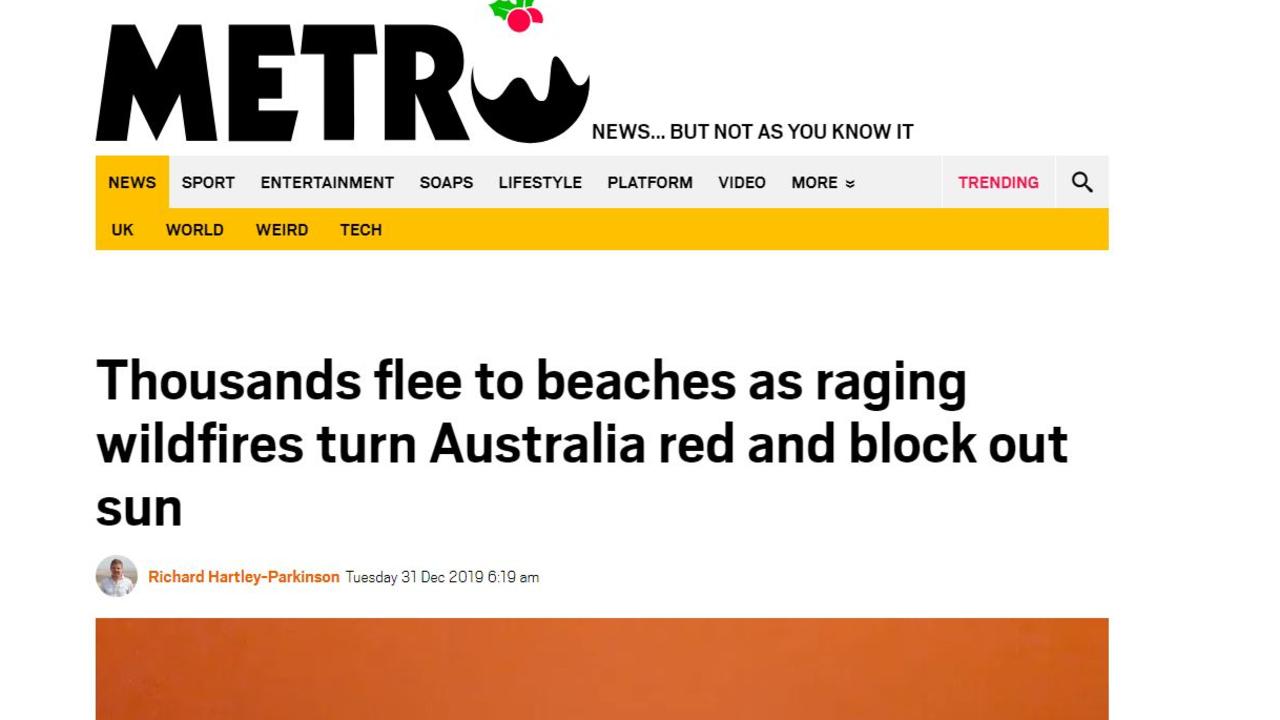
American news and opinion website Voxpublished an explainer on “Australia’s hellish heatwave”, citing ocean circulation, years of drought and climate change as the fuel behind the nation’s record heat and deadly fires.
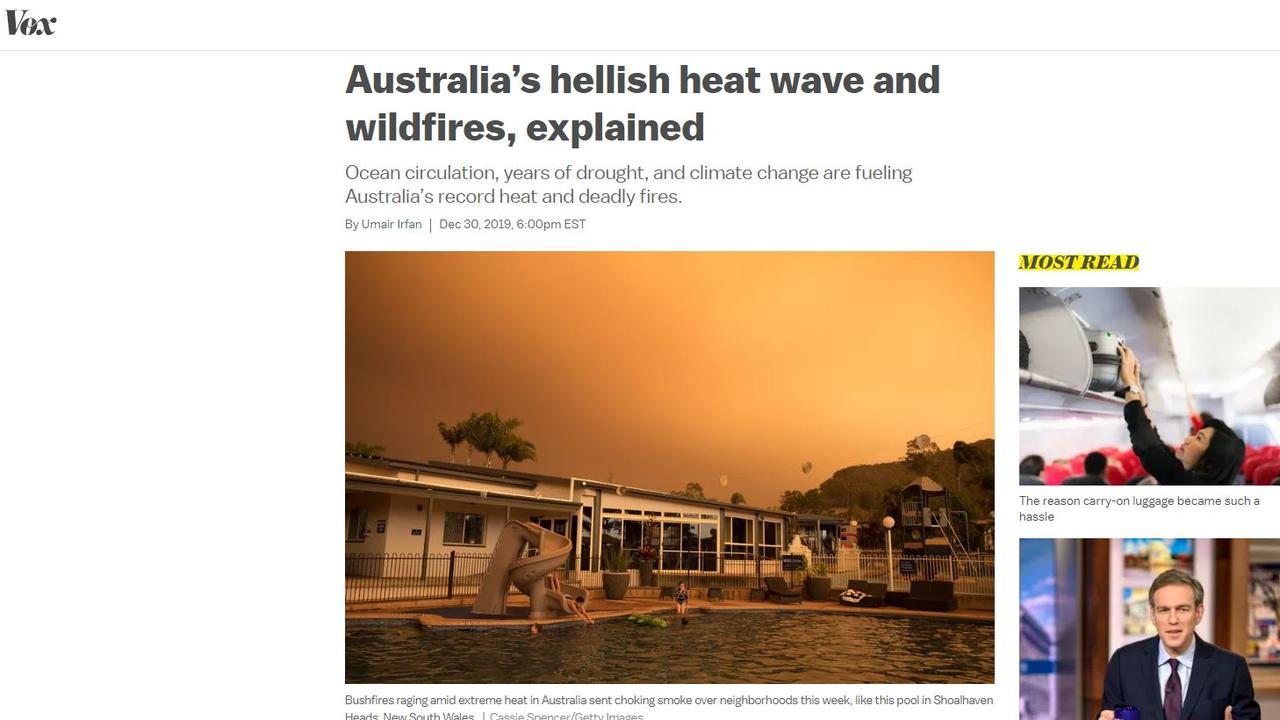
Financial website Bloomberg ran a piece about the fires in Australia’s coastal towns, describing the “thick black smoke from infernos” that “turned the morning sky pitch black or choked the coastline in a haunting red haze”.
CNN also led on the scenes in NSW, with footage of advancing bushfires overwhelming one of the RFS’ fire trucks.
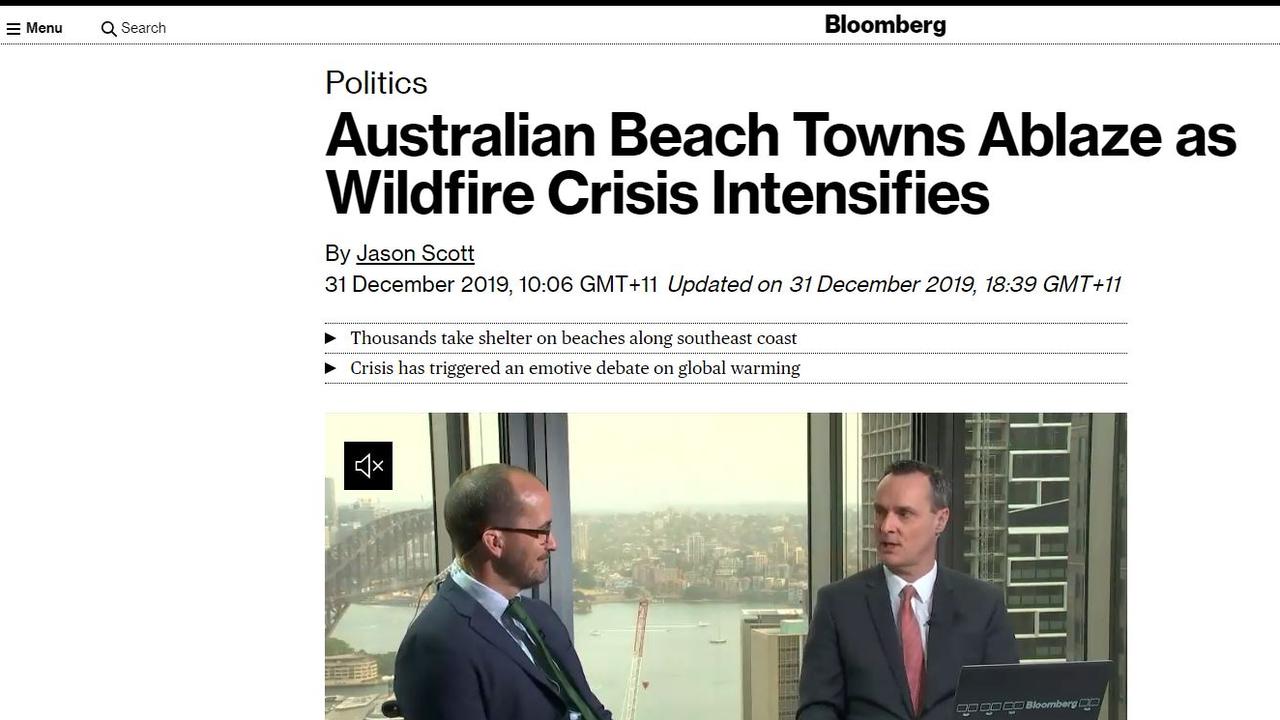
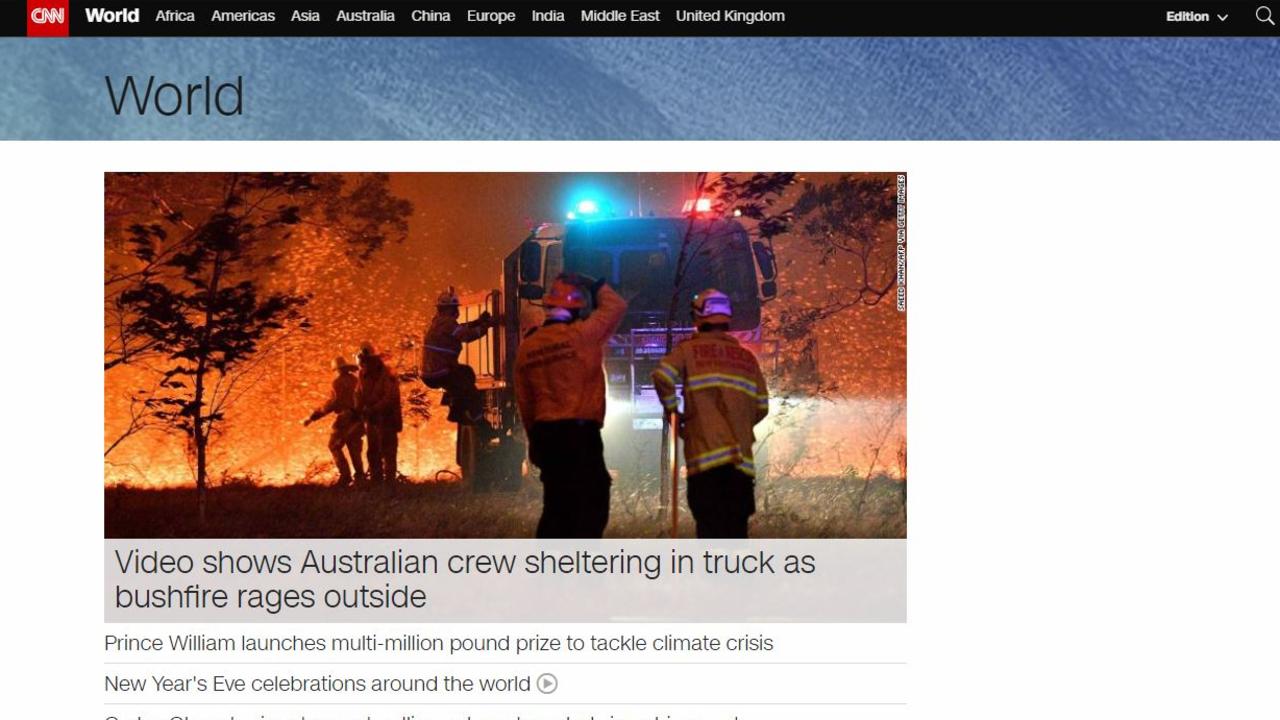
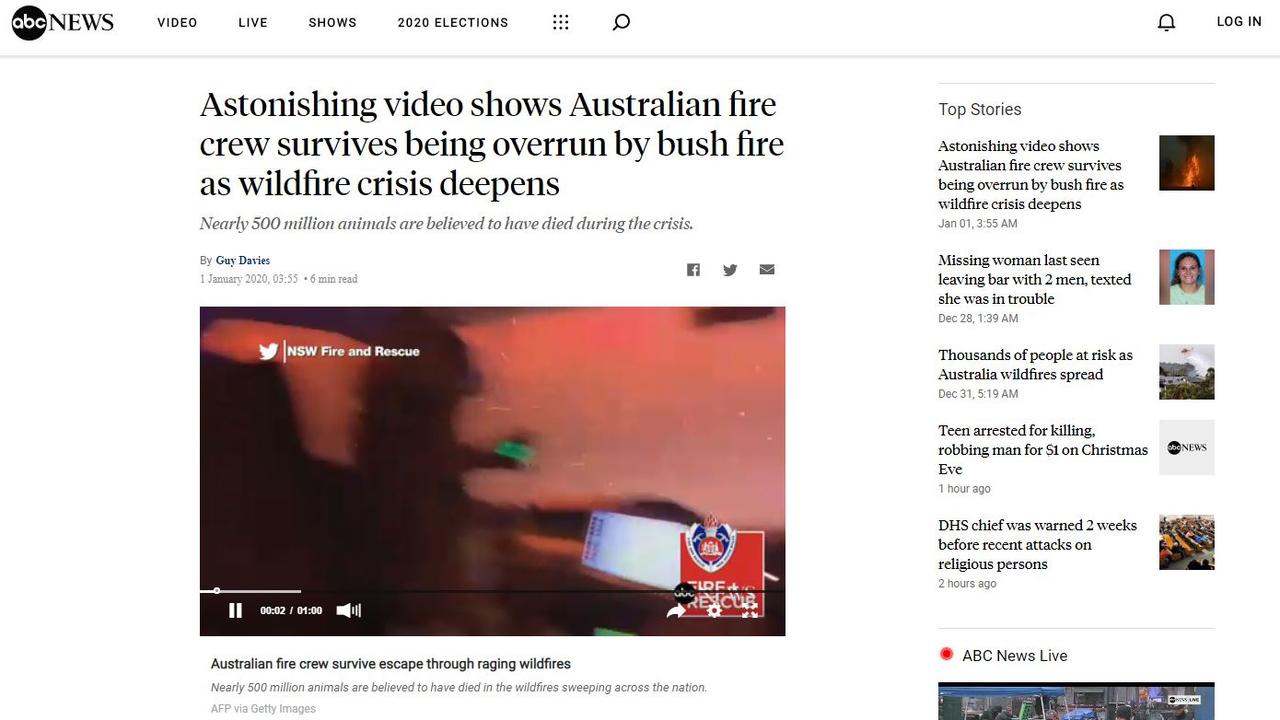
International media outlets have also been quick to comment on the controversial decision to go ahead with Sydney’s New Year’s Eve fireworks display.
The “threat of wildfires” were “not enough to cancel Sydney’s New Year’s Eve fireworks”, wrote NPR.
Thousands are calling for the Australian government to give the money they spend on Sydney's New Year's Eve fireworks to farmers and firefighters — saying there's "enough smoke in the air."
— NPR (@NPR) December 30, 2019
But officials say the fireworks will go ahead. https://t.co/gSYoZz634b
“Sydney is an absolute joke,” one reader wrote. “Your state is burning down but it’s okay the fireworks can still happen. Most ridiculous government decision ever.”



